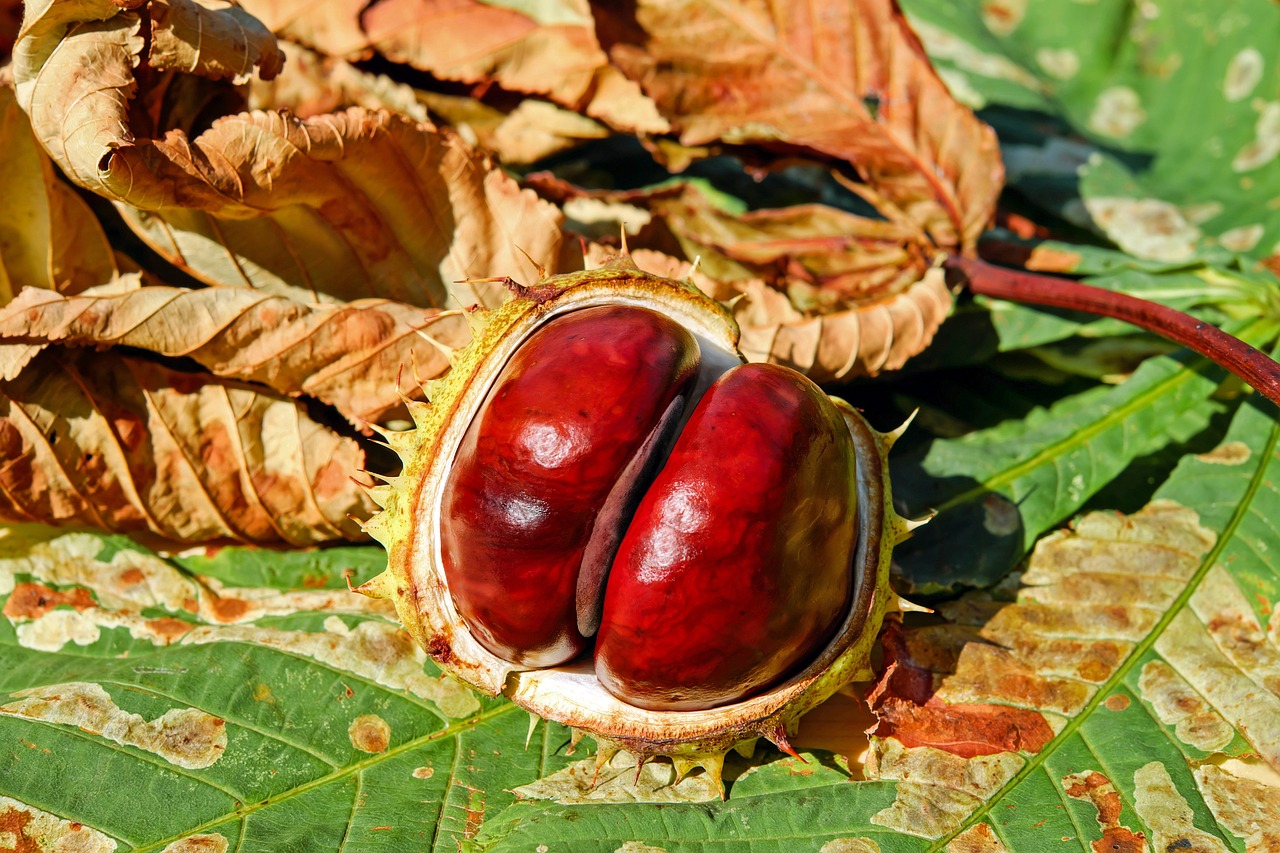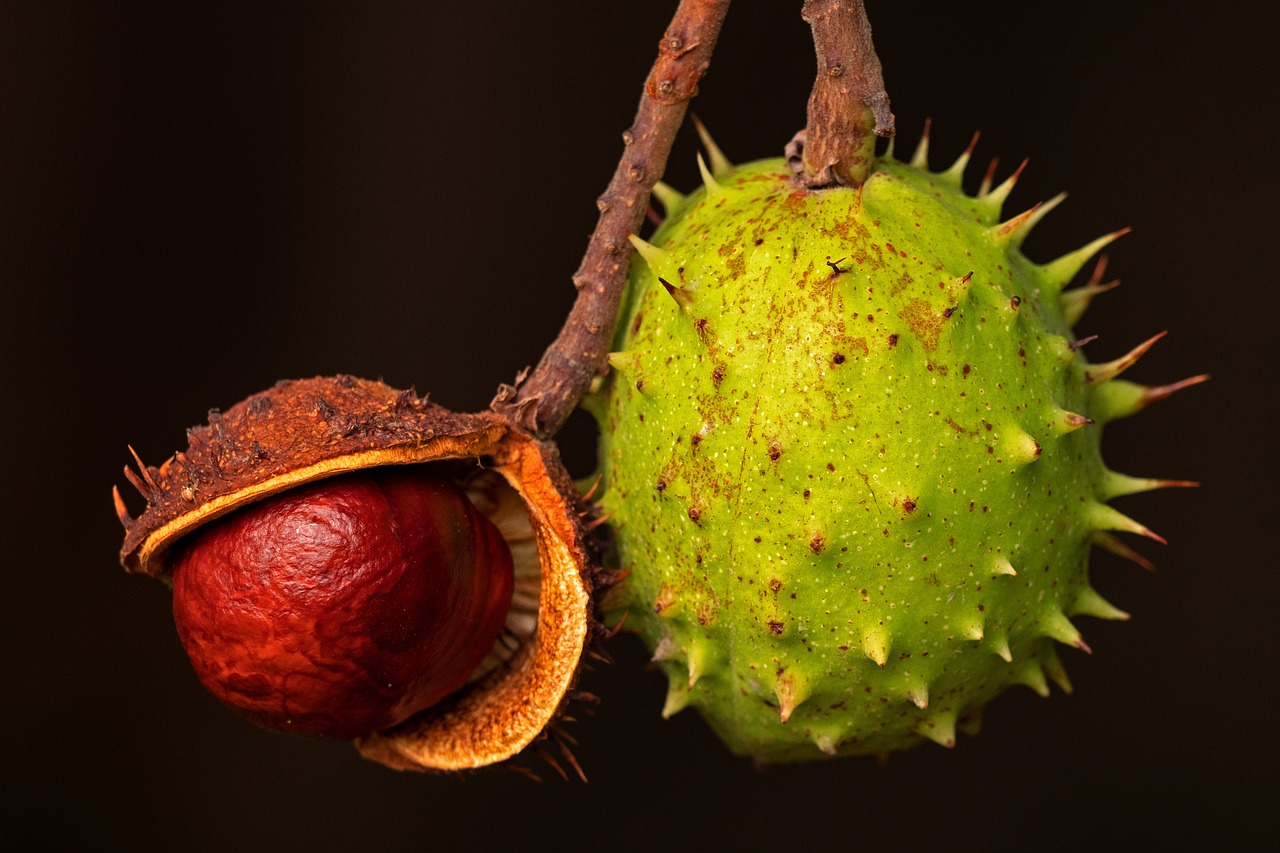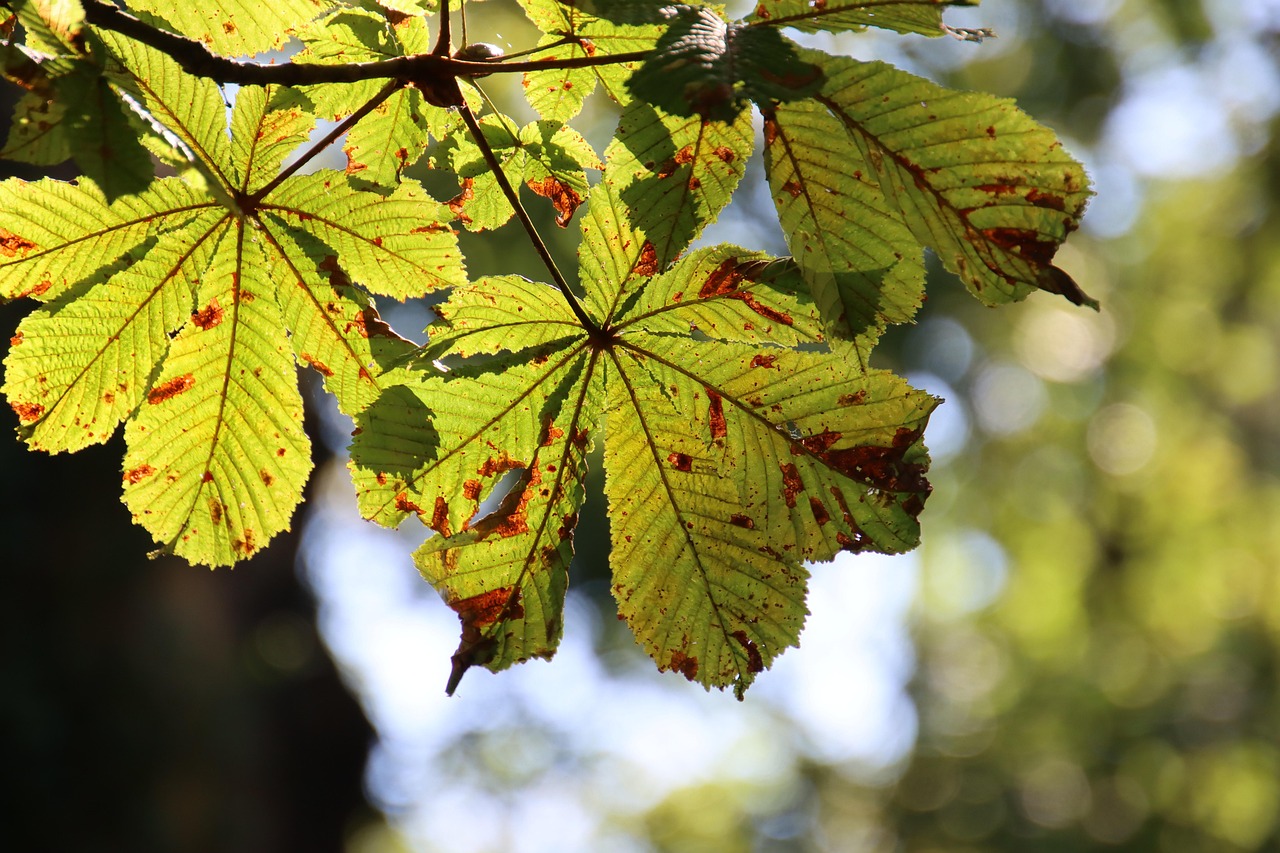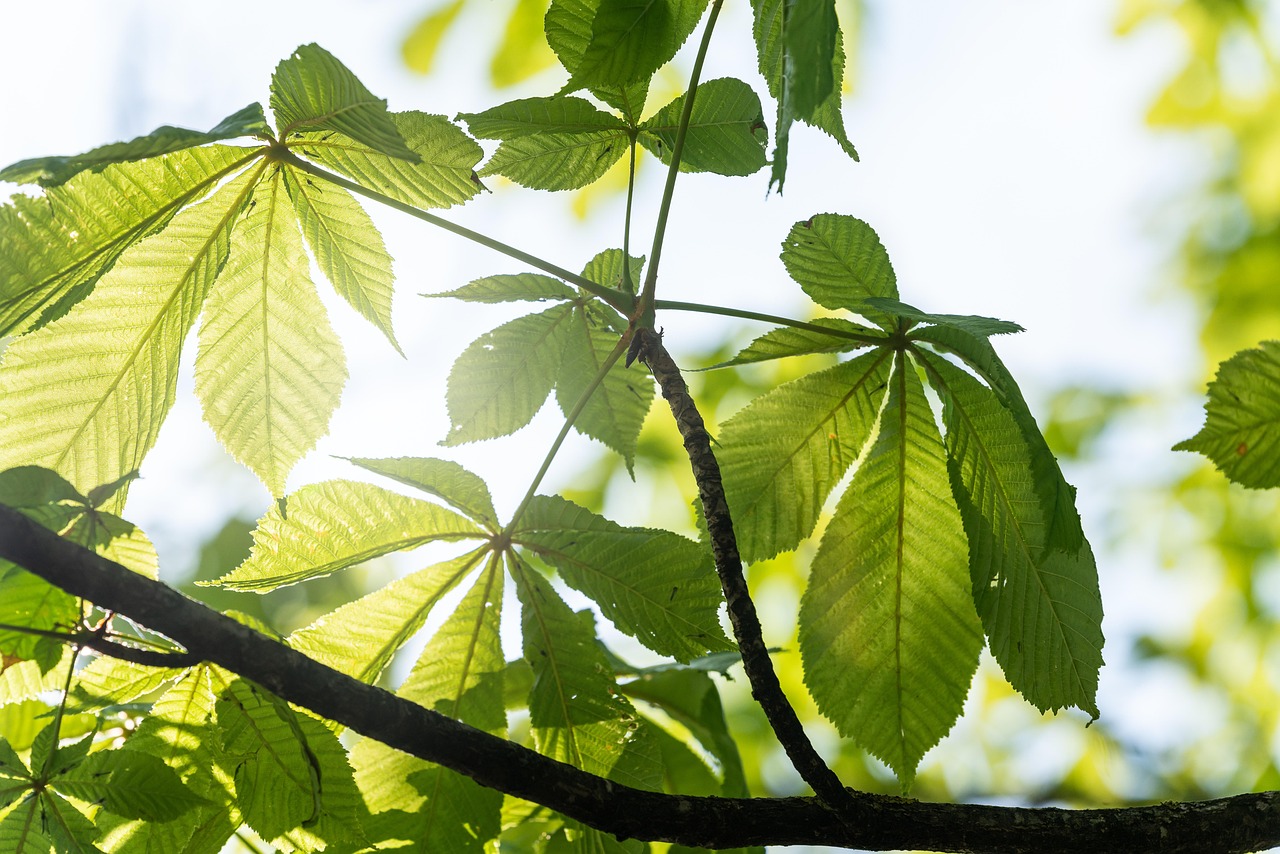The growth rate of chestnut trees can vary significantly depending on species, environmental conditions, and care. Generally, chestnut trees can grow between 1 to 3 feet per year and begin producing nuts in 3 to 5 years, with optimal yields occurring around 10 to 15 years after planting.
Chestnut trees are valued for their rapid growth and high nut yield potential. They are commonly found in temperate regions and are known for their hardiness and adaptability to various soil types. The most popular species include the American chestnut, Chinese chestnut, and European chestnut. Each species has unique characteristics that influence growth rates and nut production.

Chestnut trees thrive in well-drained soils and require full sunlight for optimal growth. They benefit from regular watering, especially during dry periods. Understanding these factors is crucial for anyone considering planting chestnut trees for commercial or personal use.
Growth Rate of Chestnut Trees
The growth rate of chestnut trees can be influenced by several factors including species, soil quality, climate, and care practices. On average, young chestnut trees grow approximately 1 to 3 feet annually. The following table summarizes the growth characteristics of different chestnut species:
| Species | Average Growth Rate (feet/year) | Years to Maturity | Typical Height at Maturity (feet) |
|---|---|---|---|
| American Chestnut | 2-3 | 10-15 | 40-100 |
| Chinese Chestnut | 1-2 | 5-10 | 30-60 |
| European Chestnut | 1-3 | 7-12 | 40-80 |
The American chestnut tree was once a dominant species in eastern North America but faced decline due to disease. However, efforts are underway to restore this species and its beneficial traits. The Chinese chestnut is more resistant to diseases and is often preferred for planting due to its faster nut production.

Nut Yield Potential
Nut yield can vary widely based on the tree’s age, species, and environmental conditions. Chestnut trees typically begin producing nuts between 3 to 5 years after planting. Full production is usually achieved at around 10 to 15 years of age. The following factors play a crucial role in nut yield:
- Soil Quality: Nutrient-rich, well-drained soils promote healthy growth and increased yields.
- Water Availability: Consistent moisture during the growing season is essential for maximum nut production.
- Pest and Disease Management: Protecting trees from pests and diseases helps ensure higher yields.
- Cultivar Selection: Choosing high-yield cultivars can significantly affect overall production.
Chestnuts are not only delicious but also nutritious. They are low in fat and high in carbohydrates, making them a healthy food choice. As interest in sustainable agriculture grows, chestnuts are gaining attention as an alternative crop with potential economic benefits.
The potential yield of chestnut trees can range from 1,000 to 2,000 pounds of nuts per acre once they reach maturity. This productivity makes them an attractive option for both commercial growers and small-scale farmers interested in diversifying their crops.

With proper care and attention to growing conditions, chestnut trees can be a fruitful addition to any landscape or agricultural endeavor. Their unique characteristics and adaptability make them a valuable asset in the realm of nut-producing trees.
Factors Influencing Growth Rate
Several key factors influence the growth rate of chestnut trees. Understanding these can help growers optimize their cultivation practices and achieve better yields. The following are the primary factors that affect growth:
- Climate: Chestnut trees prefer temperate climates with adequate rainfall. They thrive in regions with warm summers and cool winters.
- Soil Conditions: The soil should be well-drained and fertile. Sandy loam or clay loam soils are ideal, as they offer good drainage while retaining moisture.
- Sunlight: Full sunlight is essential for healthy growth. Chestnut trees need at least six hours of direct sunlight per day.
- Nutrient Availability: Regular soil testing and fertilization can enhance growth rates by providing essential nutrients.
Soil Preparation and Care
Proper soil preparation plays a vital role in establishing healthy chestnut trees. Before planting, consider the following steps:
- Soil Testing: Conduct a soil test to determine pH and nutrient levels. Chestnuts prefer a pH between 5.5 and 6.5.
- Tilling: Loosen the soil by tilling to improve aeration and promote root development.
- Add Organic Matter: Incorporate compost or well-rotted manure to enhance soil fertility and structure.
- Drainage Improvements: If the soil retains too much water, consider installing drainage systems to prevent root rot.
Pests and Diseases
Chestnut trees are susceptible to various pests and diseases that can hinder growth and nut production. Being vigilant and proactive in managing these threats is crucial for maintaining tree health.

Common Pests
The following pests are known to affect chestnut trees:
- Chestnut Weevil: This pest lays eggs in developing nuts, leading to low yield.
- Spider Mites: These tiny pests can cause leaf discoloration and weaken trees.
- Scale Insects: They can sap the tree’s energy, making it more vulnerable to diseases.
Diseases
Chestnut trees can also fall victim to several diseases, including:
- Blight: The chestnut blight fungus has devastated American chestnut populations. Resistant cultivars are being developed to combat this threat.
- Root Rot: Caused by overwatering or poor drainage, root rot can be fatal to chestnut trees.
- Leaf Spot: This fungal infection can cause premature leaf drop, reducing the tree’s ability to photosynthesize.
Cultivation Practices for Optimal Growth
To achieve the best growth rates and nut yields, consider implementing the following cultivation practices:
- Regular Pruning: Prune young trees to promote a strong structure and improve air circulation.
- Irrigation Management: Ensure consistent watering, especially during dry spells, but avoid waterlogging.
- Mulching: Apply organic mulch around the base of the tree to retain moisture and suppress weeds.
- Pest Monitoring: Regularly check for signs of pests or disease and take action promptly to mitigate damage.
Harvesting Chestnuts
The harvesting process is crucial for maximizing nut quality and yield. Nuts typically mature in late summer to early fall. Here are steps to ensure successful harvesting:
- Timing: Harvest when the nuts begin to drop from the tree or when husks turn brown and split open.
- Handling: Gently collect fallen nuts to avoid damage. Use gloves if necessary, as some varieties may have prickly husks.
- Curing: Allow harvested nuts to cure in a cool, dry place for several weeks before storage.
By understanding the factors affecting growth rates and nut yields, growers can implement effective practices that lead to successful chestnut cultivation. These efforts will help ensure that both the trees and their harvest flourish over time.
Chestnut Tree Varieties and Their Characteristics
When considering chestnut cultivation, selecting the right variety is essential. Different species possess unique traits that influence growth rates, nut quality, and resistance to pests and diseases. Below are some of the most common chestnut varieties:
| Species | Growth Rate (feet/year) | Nut Size (grams) | Pest Resistance |
|---|---|---|---|
| American Chestnut | 2-3 | 10-15 | Low |
| Chinese Chestnut | 1-2 | 20-30 | High |
| European Chestnut | 1-3 | 15-25 | Medium |
| Japanese Chestnut | 1-3 | 15-20 | High |
American Chestnut
The American chestnut is historically significant but has faced severe decline due to chestnut blight. Although efforts are underway to breed resistant hybrids, this variety is still vulnerable. It is known for its rapid growth and large nuts, making it a sought-after species for restoration projects.
Chinese Chestnut
The Chinese chestnut is popular among growers for its disease resistance and high yield potential. This variety produces larger nuts compared to the American chestnut and matures more quickly. Its adaptability to various soil conditions makes it a favorite for commercial production.
European Chestnut
The European chestnut is cultivated widely in Europe and is known for its high-quality nuts. It has moderate resistance to pests and diseases but requires more care than the Chinese variety. The nuts are typically medium-sized and are often used in culinary dishes.
Japanese Chestnut
The Japanese chestnut is similar to the Chinese variety in terms of growth habits and resistance. It produces medium-sized nuts that are popular in Asian cuisine. This species is also appreciated for its ornamental value, making it suitable for landscape planting.
Nutritional Benefits of Chestnuts
Chestnuts are not only valued for their taste but also for their nutritional profile. They stand out among other nuts due to their unique composition:
- Low in Fat: Unlike many other nuts, chestnuts are low in fat, making them a healthier snack option.
- High in Carbohydrates: They provide a good source of energy, primarily due to their carbohydrate content.
- Rich in Fiber: Chestnuts contain dietary fiber, which aids in digestion and promotes gut health.
- Vitamins and Minerals: They are rich in vitamin C, B vitamins, potassium, and magnesium, contributing to overall health.
Culinary Uses of Chestnuts
The versatility of chestnuts makes them a popular ingredient in various dishes. They can be used in both sweet and savory recipes. Here are some common culinary uses:
- Roasted Chestnuts: A classic winter treat enjoyed warm, often sold as street food.
- Chestnut Flour: Ground chestnuts can be used as gluten-free flour in baking.
- Soups and Stews: Chestnuts can add depth and flavor to soups and stews.
- Desserts: They can be incorporated into cakes, pastries, and even ice cream.
The Economic Potential of Chestnut Farming
The increasing popularity of chestnuts has led to a growing market for both fresh nuts and value-added products. Here are some key points regarding the economic potential of chestnut farming:
- Market Demand: There is a rising demand for chestnuts in both domestic and international markets, especially during the holiday season.
- Diversification: Chestnut farming allows farmers to diversify their crops, reducing reliance on traditional commodities.
- Sustainable Agriculture: As interest in organic and sustainable farming practices increases, chestnuts present an eco-friendly option.
- Value-Added Products: Opportunities exist for producing roasted chestnuts, chestnut flour, and other processed goods that can increase profitability.
The combination of their nutritional benefits, culinary versatility, and economic potential makes chestnuts an attractive crop for both new growers and established farmers looking to expand their offerings. With proper care and management, they can contribute significantly to agricultural success.
Challenges in Chestnut Cultivation
While there are numerous benefits to growing chestnut trees, some challenges must be addressed for successful cultivation. Understanding these obstacles can help growers prepare and implement effective solutions.
- Pest Management: As previously mentioned, chestnut trees are susceptible to various pests such as the chestnut weevil and spider mites. Regular monitoring and integrated pest management strategies are essential for minimizing damage.
- Disease Resistance: The threat of chestnut blight remains a significant concern. While breeding programs are developing resistant varieties, growers must be vigilant in protecting their trees from this devastating disease.
- Climate Variability: Changes in climate can impact growth rates and nut production. Growers need to adapt their practices to cope with shifting weather patterns, including droughts or excessive rainfall.
- Market Fluctuations: The economic viability of chestnut farming can be influenced by market demand and competition. Staying informed about market trends is crucial for optimizing profitability.
Innovations in Chestnut Farming
As the demand for chestnuts grows, so does the innovation in farming practices. New technologies and techniques are being developed to enhance productivity and sustainability:
- Precision Agriculture: Utilizing GPS and data analytics allows farmers to monitor soil health, moisture levels, and plant growth more effectively, leading to more informed decision-making.
- Organic Practices: Many growers are turning to organic farming methods to meet consumer demand for sustainable and chemical-free products. This approach can enhance soil health while increasing market appeal.
- Agroforestry Systems: Integrating chestnut trees into agroforestry systems can improve biodiversity, enhance soil quality, and create additional revenue streams through the cultivation of companion crops.
- Research and Development: Ongoing research into disease resistance and high-yield cultivars supports the development of chestnut varieties that can thrive in various environmental conditions.
Global Perspectives on Chestnut Cultivation
Chestnut cultivation is practiced worldwide, with significant production occurring in countries like China, Italy, and Turkey. Each region has its unique practices and market demands. For instance, in China, chestnuts are essential to both local cuisine and the economy, while Italian producers focus on high-quality varieties for gourmet markets. Understanding these global perspectives can provide insights for American growers looking to enter the market.
Final Thoughts
Chestnut trees present an exciting opportunity for growers due to their rapid growth rates, high nut yield potential, and versatility in culinary applications. With proper attention to cultivation practices, pest management, and understanding market dynamics, chestnuts can become a profitable addition to any farm or garden.
The combination of nutritional benefits, growing consumer interest, and sustainable agricultural practices positions chestnuts favorably for the future. As more farmers recognize the value of this unique crop, it is likely that chestnut cultivation will continue to expand, contributing to both local economies and healthy diets.
In conclusion, whether you are a seasoned farmer or a newcomer to agriculture, considering chestnuts as part of your growing strategy could lead to fruitful results. By staying informed about cultivation techniques and embracing innovation within the industry, you can help ensure the success of chestnut trees in your landscape.
